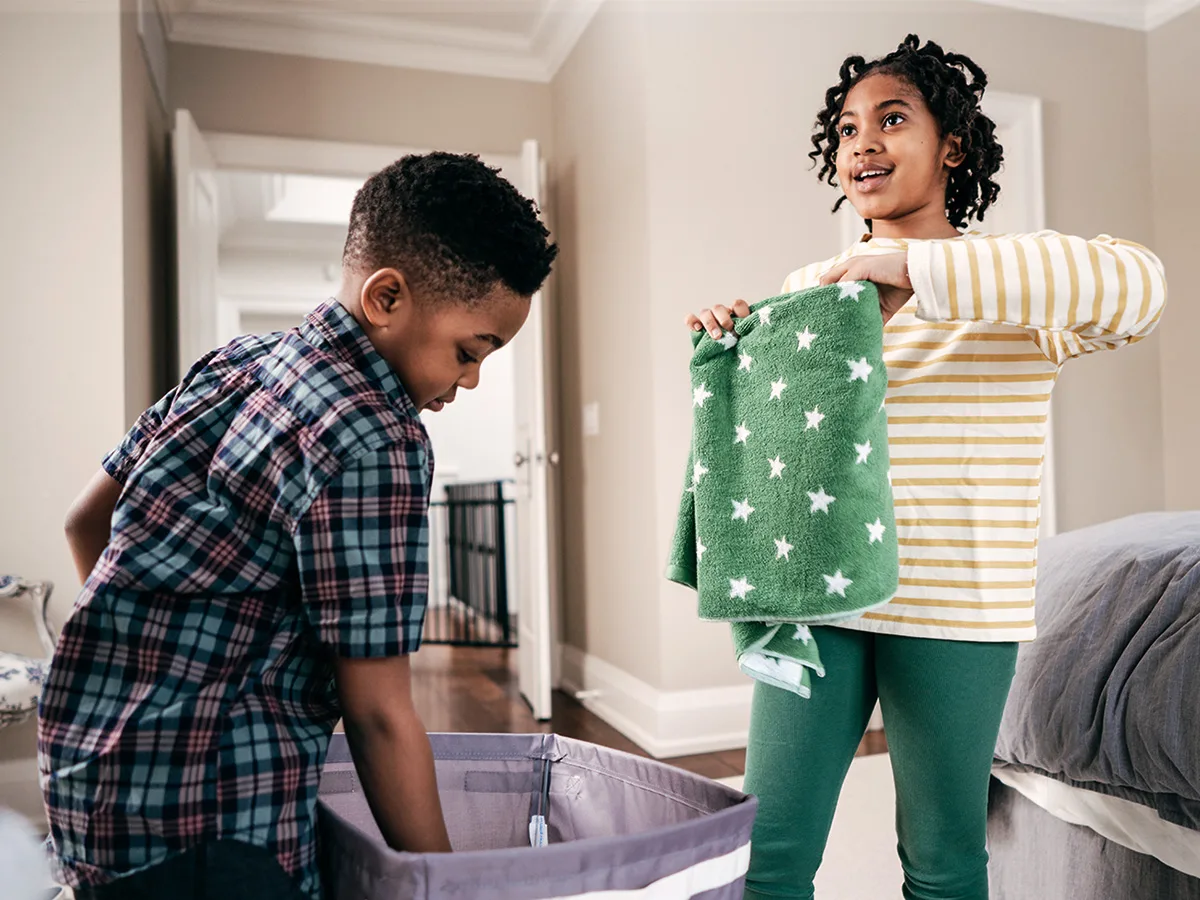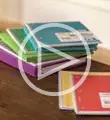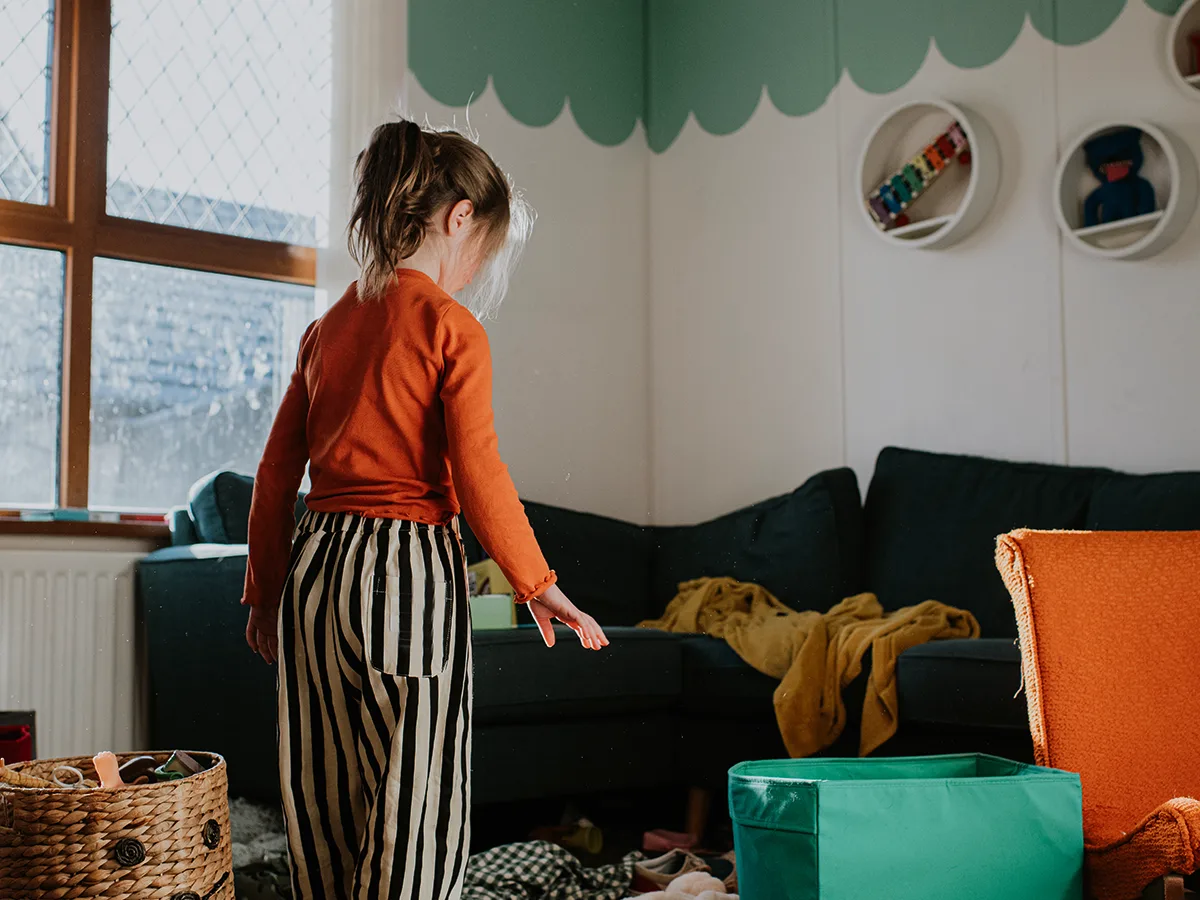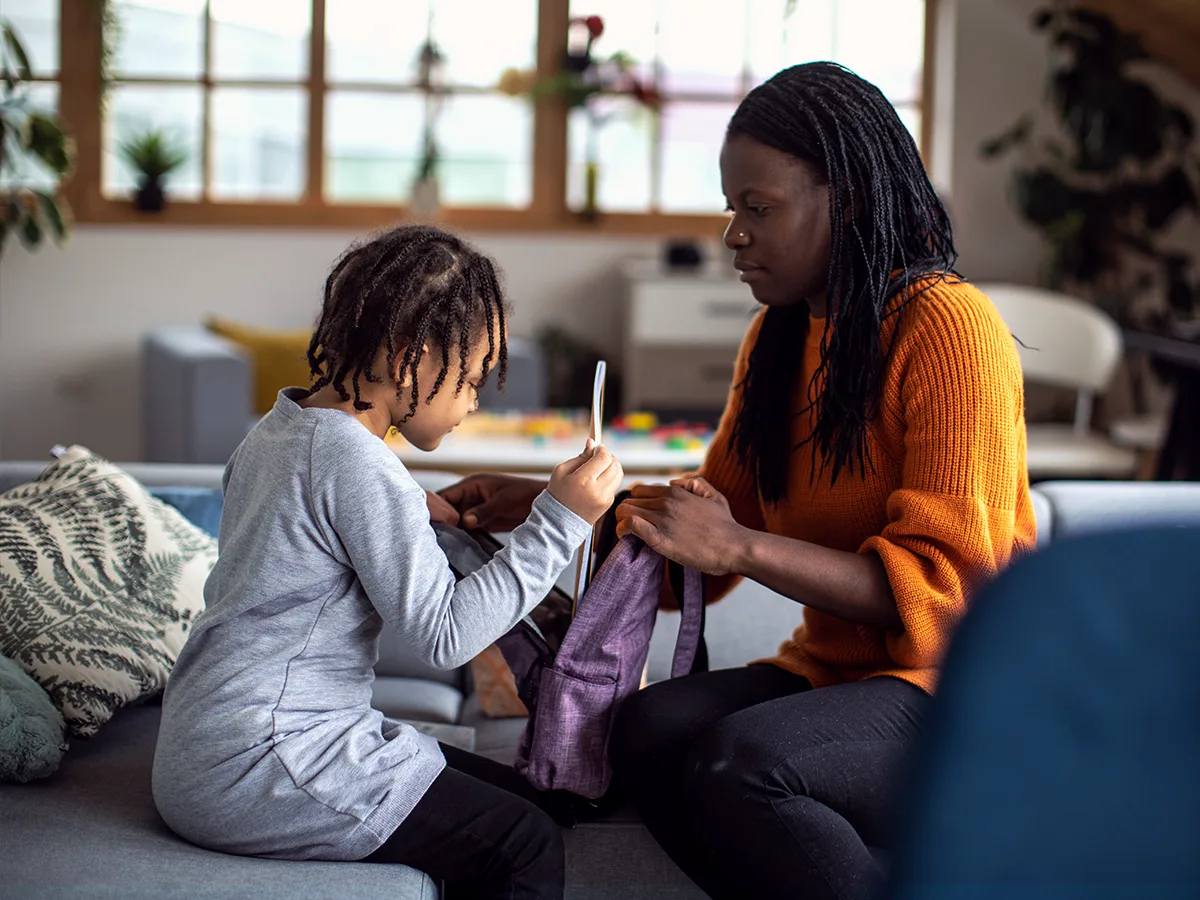Messy room? How to help your child keep it neat

At a glance
It’s common for kids of all ages to have messy rooms and other spaces.
Some kids want to be neat but need help with organization.
Being specific about what you expect makes it easier for your child to follow through.
If your child’s bedroom is a mess of toys, clothes, and other stuff, you’re not alone. It’s common for kids of all ages to have trouble keeping their rooms and other spaces neat.
Some kids may like having a messy bedroom. (“I know where everything is!”) For others, it might be a stage, like a tween showing independence. Or a teen being overwhelmed by new responsibility. And some kids have ongoing trouble with organization and need more help to keep their space neat.
Whatever the cause, you can encourage your child to tidy up a messy bedroom. Here’s how to help kids keep their rooms neat.
Be specific about what a “messy room” is.
Just saying “Your room is a mess” doesn’t tell kids what they need to do to fix it. Some kids need very specific instructions.
When your child’s room is tidy, walk through it together and point out what makes it neat: “There are no toys on the floor because they’re put away. The bed is made. Your clothes are hanging in the closet, not lying on the floor. Nice job.” You can even take a picture of the room when it’s neat so your child can refer to it.
Be clear about how much mess is OK.
Sometimes your child’s room is just a little messy and you might let it slide. But it’s important to let your child know what you won’t accept. If you can’t stand it when Legos are all over the floor, be clear with your child: “The Legos need to be put away as soon as you’re done with them. You can put them in this bin.”
Explain why it’s a problem.
Some kids don’t see the point of tidying up. For them, it helps to explain why neatness matters. You might say things like:
“If you don’t pick up the Legos, you might step on them and hurt your feet.”
“When clothes are crumpled on your bed, they get wrinkled and look bad.”
“If you don’t throw away those food wrappers, it may attract bugs.”
Be careful, though, not to nag or repeat yourself over and over. That can backfire.
Use visual reminders.
Some kids need help remembering how areas like bookshelves are supposed to look. Take a picture of the bookshelf when it’s organized, and post it on the wall. You can also include notes, like: “Books go tallest to shortest.” Another helpful tip: Keep a chores checklist on the door so your child can mark off each chore as it gets done.
Get rid of outgrown and outdated things.
Once a year, go through the closet together and make a giveaway pile of clothes and shoes your child has outgrown. You can do the same with old toys and school supplies your child doesn’t need anymore. Throw out old school papers. Less clutter can make tidying the room less overwhelming. It can also help you when you organize your child’s dresser drawers.
Have a place for everything.
Kids may struggle with tidying up their room if it isn’t clear where things are supposed to go. Make sure there’s a place for everything your child uses and that it’s easy to put things back. That goes for clothes, toys, books, sports equipment, musical instruments, art supplies, and anything else they use a lot.
This tip also applies to study areas. Show your child how to keep each subject of homework in its own file folder. Make sure there are spaces for school supplies and that your child has a place to keep papers organized. A portable homework station can help kids stay tidy — and focused.
Be a role model.
If you expect your child to keep a neat space, it’s only fair that you keep your own bedroom tidy, too. Asking kids to make their bed when you haven’t made yours won’t go down well. Your room doesn’t need to look perfect. But try to keep it up to the same standards you have for your child.
Praise your child’s efforts.
If you cheer on your child for tidying up, you’ll encourage more of that behavior. Even if the result isn’t perfect, it’s good to praise your child for making the effort. “The floor is much cleaner now. Thanks for putting away your toys.”
Your child’s room may never end up spotless. But by explaining why neatness matters and supporting your child, you can help get your child’s bedroom in much better shape.
Learn how to organize a messy backpack. And check out tips and tools to get teens organized.
Key takeaways
Get rid of clutter, like old clothes and toys, so your child has fewer things to organize.
Hang up a picture of the bedroom when it’s neat to show what to aim for.
Be a role model for your child by keeping your room neat, too.






